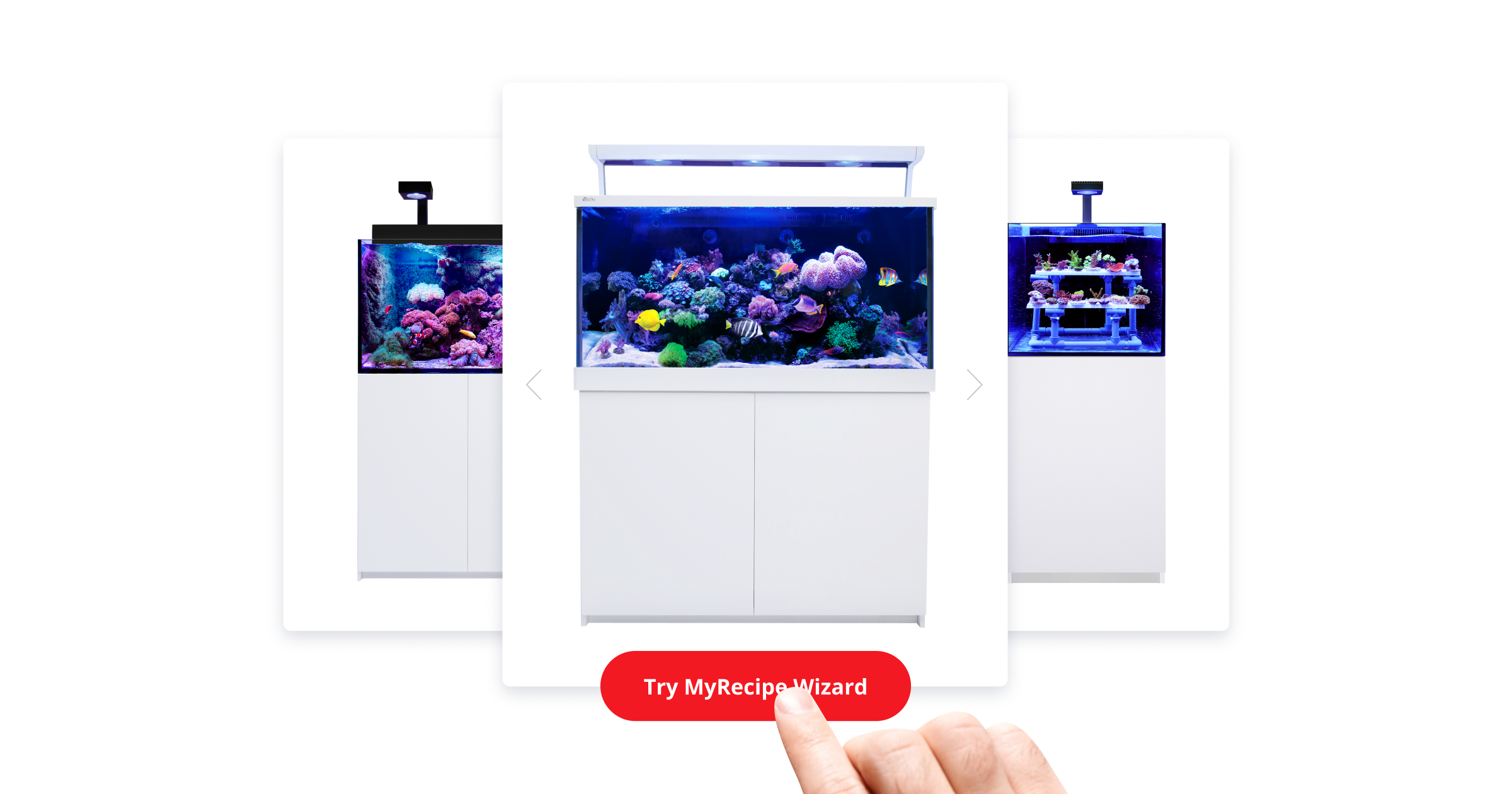- Joined
- Feb 19, 2020
- Messages
- 179
- Reaction score
- 36
I have a 42g which is about 3 months in. It houses 4 x clownfish, 2 skunk shrimp and 4 x snails.
I do 2 x basic water tests per week as my routine (PH, Ammonia, Nitrite and Nitrate). Every test that I have done consistently shows:
PH 8.2
Ammonia 0
Nitrite 0
Nitrate 0
Salinity 1.023
I have not done a water change in almost 2 months! RODI is topped up when required. Would this indicate my system is cycled properly and no water change is required unless some of the parameters change? Say this is maintained throughout 4 months, 5 months and 6 months, should I still NOT do a water change and let the system run itself?
I clean my sock filter and protein skimmer every month. What other measures should I take for any other waste that could affect the water parameters? Any other maintenance advice?
My sand bed is getting slightly dirty, but not overly dirty. Should I leave it and not clean it?
I currently have a copperband butterfly, yellow clown goby and a fire goby in my quarantine tank that will go into my DT very soon.
The direction I will take next is maybe some live coral and anemones when time is right.
I do 2 x basic water tests per week as my routine (PH, Ammonia, Nitrite and Nitrate). Every test that I have done consistently shows:
PH 8.2
Ammonia 0
Nitrite 0
Nitrate 0
Salinity 1.023
I have not done a water change in almost 2 months! RODI is topped up when required. Would this indicate my system is cycled properly and no water change is required unless some of the parameters change? Say this is maintained throughout 4 months, 5 months and 6 months, should I still NOT do a water change and let the system run itself?
I clean my sock filter and protein skimmer every month. What other measures should I take for any other waste that could affect the water parameters? Any other maintenance advice?
My sand bed is getting slightly dirty, but not overly dirty. Should I leave it and not clean it?
I currently have a copperband butterfly, yellow clown goby and a fire goby in my quarantine tank that will go into my DT very soon.
The direction I will take next is maybe some live coral and anemones when time is right.


















